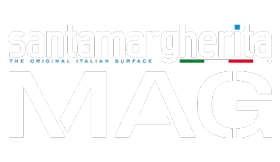Trends for the office from international trade fairs
For a few years now, designing and furnishing work environments has been moving in a specific direction: being more in contact with domestic spaces. In this case the word “contact” has a double meaning. Referring to small enterprises, the trend is physical contact; for example the office on the same floor as the home, or even in the apartment itself. For large offices, “contact” indicates aesthetic, functional proximity: furniture, colours, lighting and arrangement of furniture in offices tends to come closer and closer to the home one.
The international design fair that best expresses this trend is the Stockholm Furniture Fair, held in Stockholm from 6 to 10 February last. The most important reference point for Scandinavian design. It is a small trade fair, with a top quality offer. One of the few cases, from an exhibition point of view, where interior design and lighting companies mix, continuously, with those dedicated to office furniture.
Let’s go into detail and, thanks to the novelties presented by companies in Stockholm, let’s take a look at the latest trends in this sector, useful for designing a truly contemporary office.
1. Furniture
In order to spend several hours sitting at a desk without physical damage, seats and tables must, above all, be ergonomic. However, this does not stop them from being aesthetically interesting items of furniture: swivel chairs, cushioned and mounted on wheels, for example, can be covered in trendy coloured leather or fabrics. Tables, better with holes designed to collect and hide wires, need not necessarily be in white laminate, but could be in different colours, or in wood or glass, just like a dining room table.
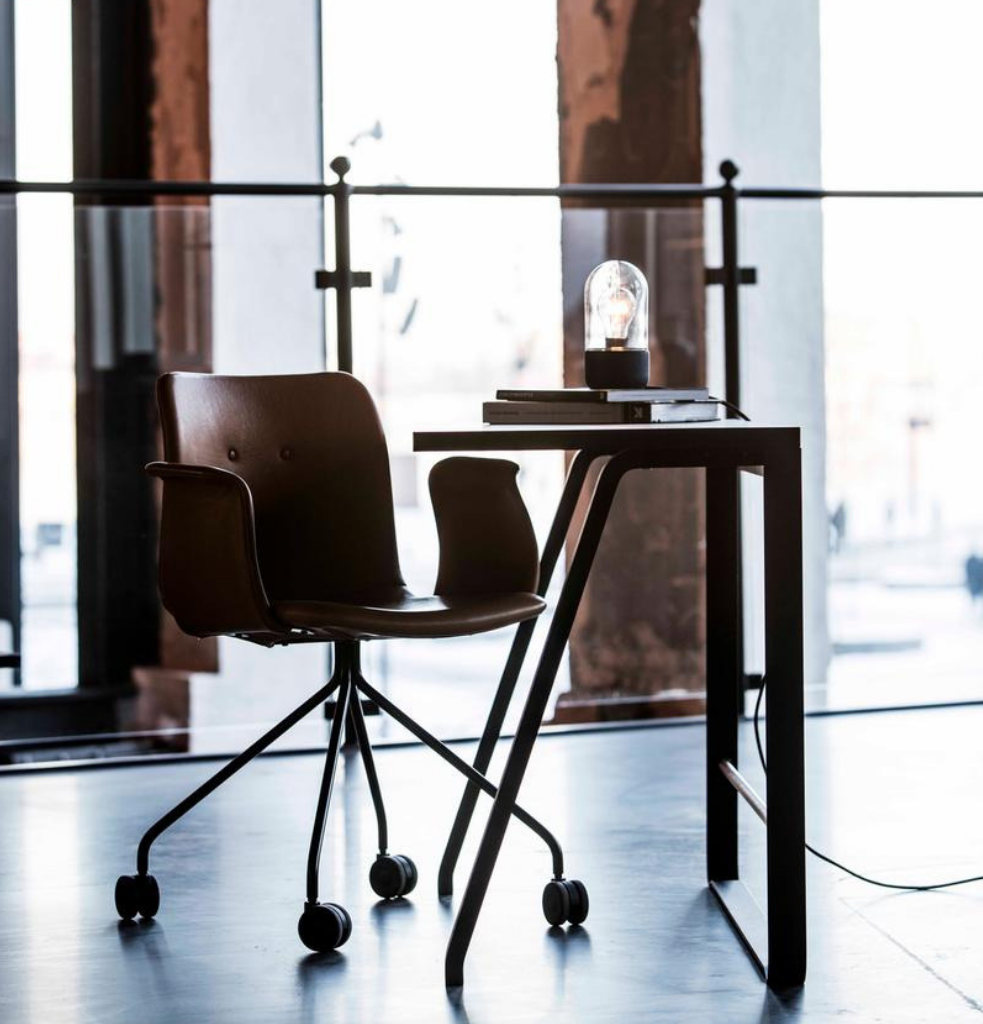
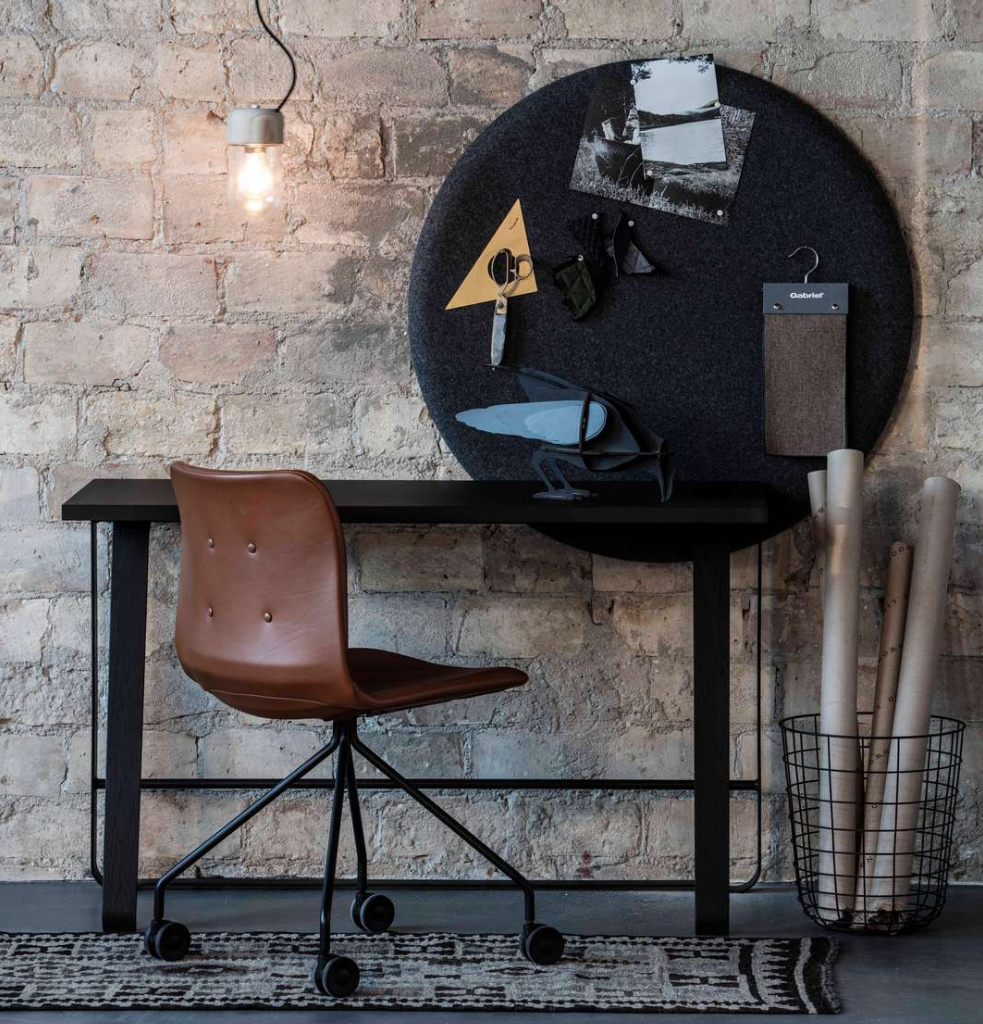
Hemingway Table and Primum Chair by Best Hansen.
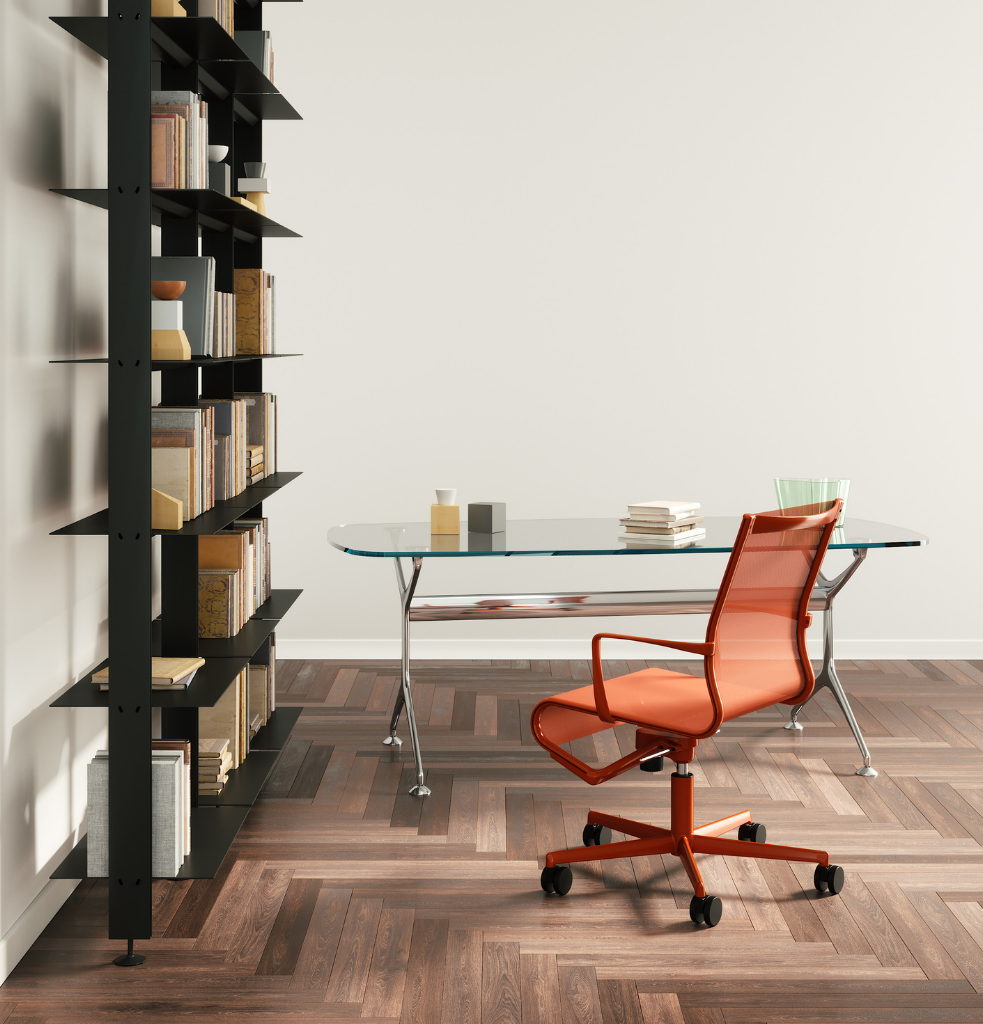
Seat from the Frame 52 collection by Alias.
2. Accessories
The accessories seen most at the Stockholm fair definitely include noise-absorbent panels. Their technical characteristic, the capacity to improve an environments’ acoustic comfort, is well known to all of us. Perhaps we know less about all the shapes now available. They go from large wall panels to vertical self-supporting elements, to be arranged behind or next to a desk and moved when needed; on to small dividers to be held on desks, and then lamps. And that is not all. In the noise absorption sector companies are experimenting with innovative types like armchairs with high, enveloping backs covered with high performance fabric; or unusual items, like Tomoko, produced by Vivero, dedicated to open space offices. It is a sort of 100% felt polyester “hood” that creates a private, comfortable work space in any environment.
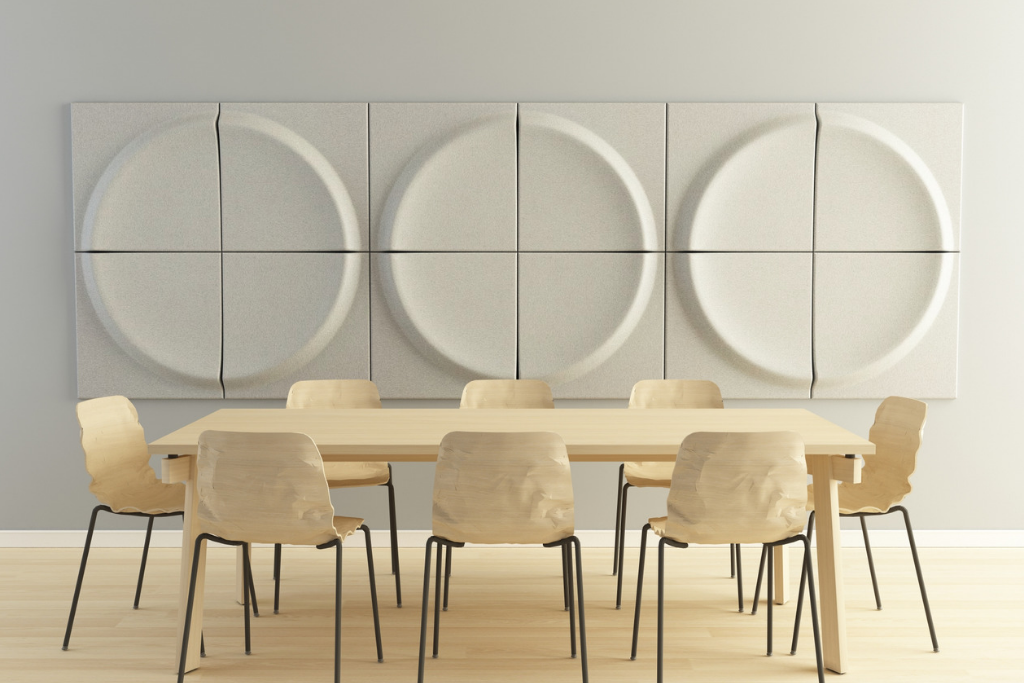
Modular acoustic panels, Gaia by Bla Station.
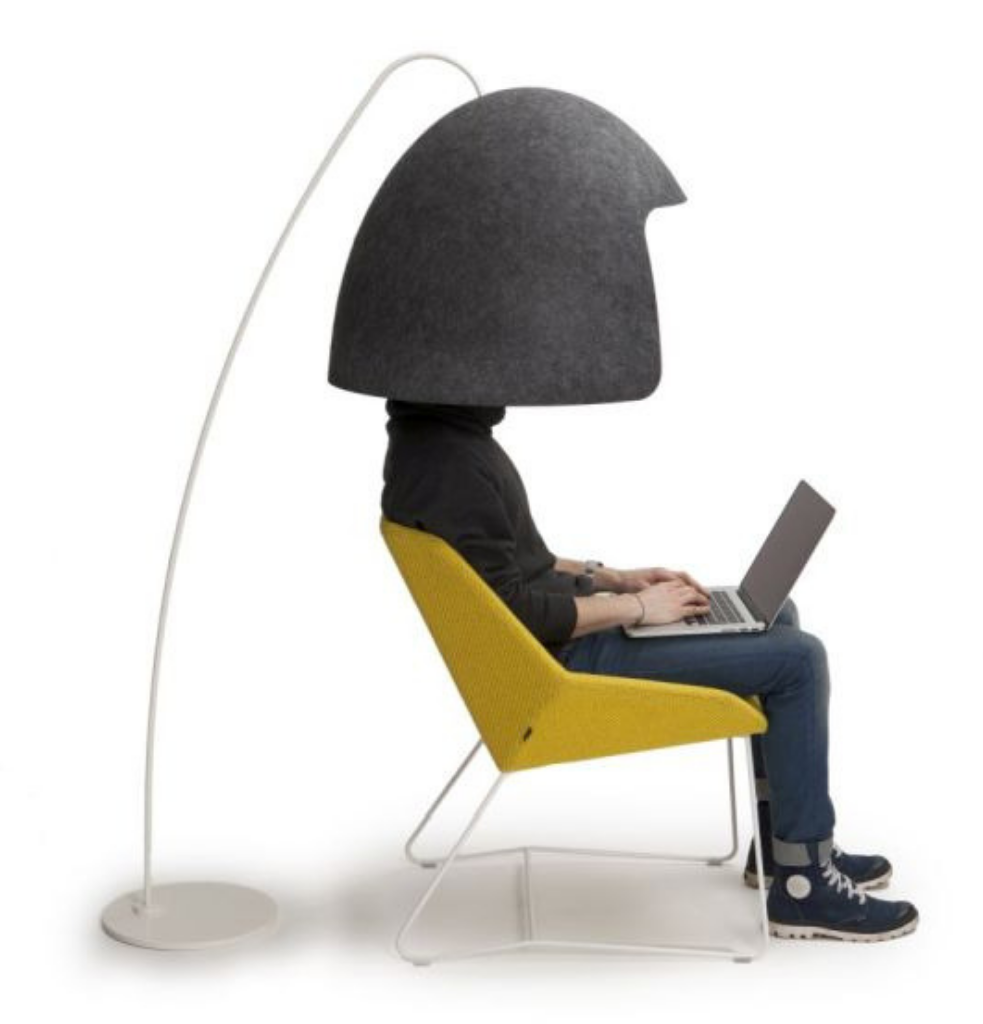
The insulating workstation. Tomoko by Vivero.
3. Floors
Furniture studied carefully is certainly not enough if the floor is covered by cold materials with no personality, used solely for work environments. Continuous flooring, crossing the different office areas harmoniously is a solution for large spaces too. You then need to combine different patterns, colours or surfaces to create a difference between the areas. The Canberra Centre in Australia is the perfect example: the skilful combination of SM Marble Santamargherita allows a truly effective result.
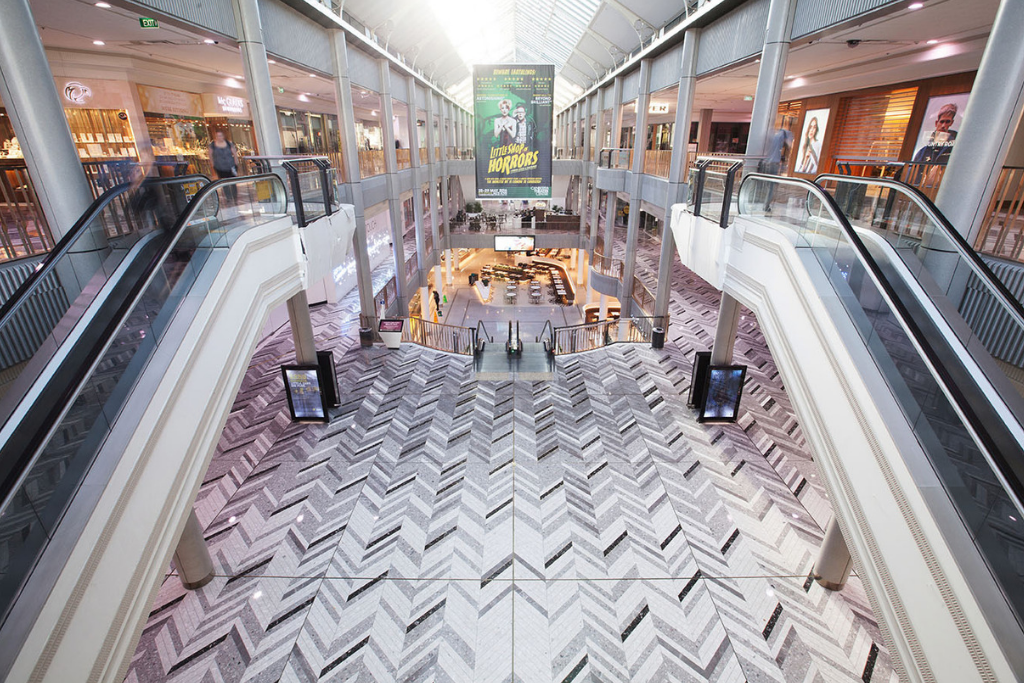
Elena Cattaneo
